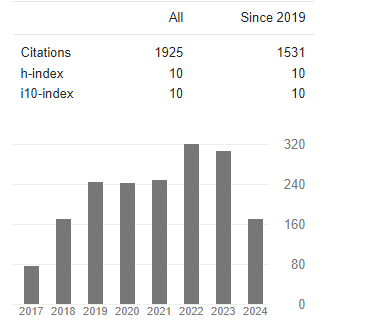Enhancing Borehole Hydraulic Performance: Integrating Technological Upgrades into Borehole Design and Construction Case Studies of Unconsolidated Aquifers in Israel
Abstract
Joseph Guttman and Zigmund Barenblat
In recent years, significant modifications and improvements have been instituted in the technical configuration of substituted boreholes compared with old boreholes. Augmenting the production capabilities of individual boreholes and borehole fields has notable engineering and economic implications. Regrettably, altering the composition of the aquifer lithology and its inherent hydraulic properties remains beyond our control. Consequently, the augmentation of extraction capabilities from individual boreholes hinges upon the implementation of technical enhancements in drilling methodologies, borehole design, and ultimate borehole structure. This phenomenon is elucidated through illustrative instances drawn from two distinct aquifer basins. The substituted boreholes were drilled within the same yard, to equivalent depths and into lithological formations similar to those encountered in the old boreholes. The strides made in borehole structural technology bear remarkable significance in influencing the outcomes of pumping tests, with a specific emphasis on the estimation of aquifer loss (B) and well loss (C) coefficients. These advancements substantially contribute to heightened well efficiency, elevated specific yield, and diminished dynamic drawdown. Our extensive professional expertise prompted us undertake a qualitative ranking of the constituent technical elements based on their relative significance and ensuing impact on the improvement of hydraulic parameters and pumping efficiency. The prioritization of significance manifests as follows: screen length, gravel pack composition (Glass beads or sorted quartz gravel), screen diameter, percentage of screen open area, and screen material composition. This article assumes a distinctive and pioneering character as it constitutes a primary endeavor to comprehensively investigate in parallel both the technical conception and construction of boreholes and their subsequent hydrological performance. The overarching message gleaned from this study underscores that the infusion of innovation into borehole design and construction can serve as the pivotal determinant separating a borehole characterized by modest hydraulic performance from one characterized by exceptional hydraulic performance.




